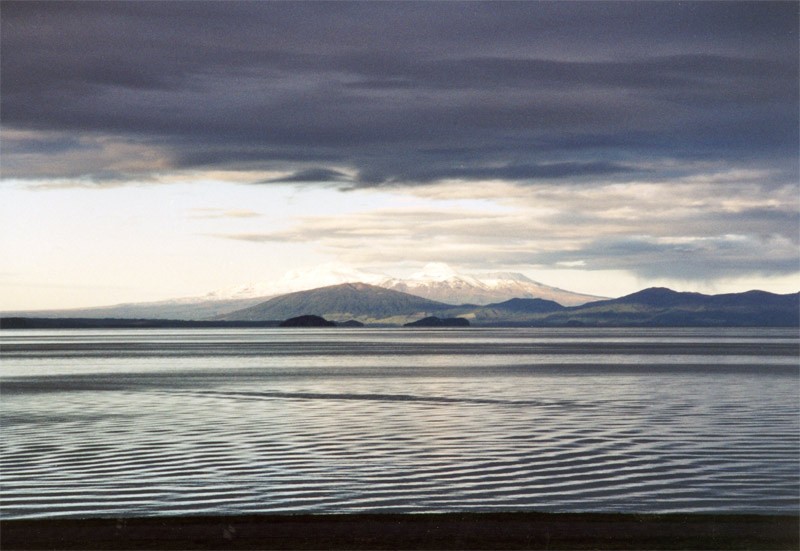A supervolcano alert has been issued as the 'world's most active' volcano slowly rises from beneath a lake. Researchers have issued a terrifying warning as one of the most explosive supervolcanoes in history continues to rumble.
Lake Taupō

Lake Taupō, a tranquil body of water in the center of New Zealand's north island, is nestled within an ancient caldera, or enormous volcanic crater. This crater was formed after the Oruanui eruption, the Earth's most recent supereruption, devastated the region 25,400 years ago. Scientists have been researching the lake and the surrounding areas for decades, only to come to the disturbing conclusion that the volcano is still active.
"Lake Taupō hides one of the world's most active caldera volcanoes, which last erupted 1,800 years ago," said the study's principal author, Dr Finnigan Illsley-Kemp of Victoria University of Wellington.
"Magma movement and tectonic faulting under the surface regularly cause the ground surface above the volcano to rise and fall."
"In 1979, we started a revolutionary surveying approach that uses the lake surface to identify minor changes, and we've done four surveys every year since."
42 Years of Data

The study summarizes 42 years of data to show that the volcano generated 160 mm of uplift within the lake near Horomatangi Reefs. In contrast, tectonic faults caused 140 mm of subsidence north of the lake.
This demonstrates that Taupō is an active and dynamic volcano inextricably linked to the surrounding tectonics.
Forming Caldera
A caldera forms when a supervolcano spews out over 1,000 cubic kilometers of magma and other material in a single eruption.
In such an occurrence, the newly hollowed-out magma vents tend to collapse, forcing the Earth's surface to sink and permanently changing the terrain into a caldera, or "boiling pot" in Spanish.
The Taupō volcano has been active 25 times in the last 12,000 years, with the most recent eruption in 232AD being described as "one of the Earth's most powerful eruptions in historic times" by the authors of the current research.
Volcanic Rambling
Since then, the rumblings have generated damaging earthquakes and large ground subsidence in 1922, a phenomenon in which the ground lowers owing to subsurface activity.
"However, Taupō will most likely erupt at some point over the next few thousand years - and so it's important that we monitor and understand these unrest periods so that we can quickly identify any signs which might indicate a forthcoming eruption," Dr. Illsley-Kemp warned in the New Zealand Herald last year.
The researchers revealed that during periods of geological disturbance marked by swarms of earthquakes, the north-eastern end of the lake gently rose while the southern end sunk.
Affecting Nearby Fault Lines
According to geologists, the rising northern end of the lake is closest to the center of the volcano and the neighboring fault lines.
While the 16 cm of uplift was not disastrous, it was enough to damage some structures or pipes as the earthquakes pushed magma closer to the surface.
Related Article : USGS Discovers Growing Bulge Near Three Sisters Volcano Due to Increased Seismic Activity
For similar news, don't forget to follow Nature World News!
© 2025 NatureWorldNews.com All rights reserved. Do not reproduce without permission.





